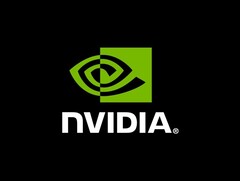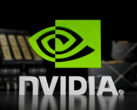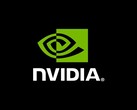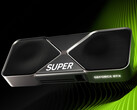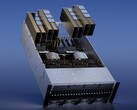Alongside ACE and RTX Remix, Nvidia is also rolling out a set of updates to Project G‑Assist to make the on‑device assistant more practical for PC players and tinkerers.
G‑Assist now acts more like a command center for common tasks normally buried in utilities and control panels. Through voice or text, it can run performance diagnostics, surface or chart frame rates, latency and GPU temperatures, and even adjust GPU or peripheral settings such as keyboard lighting. The assistant will continue to run locally.
This update is built on a faster, more memory‑efficient AI model. Nvidia says responses are faster while using 40% less memory, which lets G‑Assist run on a broader range of hardware, including laptops and desktop GPUs with 6GB of VRAM or more. Installation is pretty straightforward: update to the latest Game Ready Driver, install the Nvidia app, download the G‑Assist update from the home screen, then press Alt+G to invoke it.
Nvidia is also launching a G‑Assist Plug‑In Hub in collaboration with mod.io. The hub lets users find, download and manage first‑party and community plug‑ins, including by asking G‑Assist directly to install them. Recent community efforts from a hackathon has examples of how this can extend the tool: Omniplay for grabbing wiki lore or taking notes in‑game, Launchpad to launch and toggle custom app groups, and a Flux NIM (Nvidia Inference Microservices) to generate images with on‑device NIMs.
For creators, Nvidia is publishing a simple path to build plug‑ins with JSON and Python, alongside a Plug‑In Builder that supports natural‑language scaffolding. A September update will add laptop‑specific commands, including hooks for BatteryBoost and Battery OPS.
Source(s)
Nvidia (via press release)




